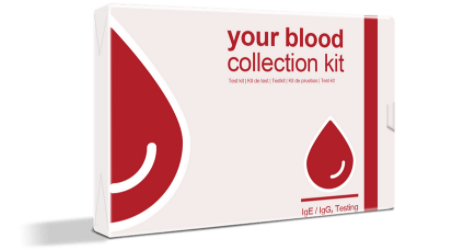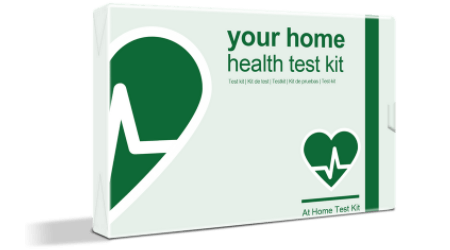Gluten is a complex protein that can be found in barley, wheat, oats, and rye, amongst other foods. It is formed when water is mixed with the two proteins called glutenin and gliadin. You can find gluten in a lot of dough products, such as cakes and bread. It is also present in oats, though in smaller amounts.
New Zealanders notoriously love to eat bread, cakes and other baked goods, a lot of which contains gluten as the main ingredient. However, more and more people are turning to gluten-free alternatives since they are finding that gluten-inclusive foods give them symptoms that are commonly associated with gluten intolerance. Recent studies suggest that the sensitivity to gluten is increasing due to over-processing of gluten-inclusive foods in factories to cut corners in costs [1]. While more research needs to be done, the evidence certainly suggests that more and more people of all ages are dealing with gluten intolerance in New Zealand.
Gluten intolerance vs coeliac disease
If you have a gluten intolerance, it means that your digestive tract is unable to properly process gluten, creating symptoms as a result. Typical symptoms include bloating, abdominal pain, headaches, loose stools, fatigue, muscle aches, and mood changes. The symptoms can vary depending on how severe the intolerance is.
It’s important to note that gluten intolerance is entirely different from coeliac disease. Eating gluten, if you suffer from coeliac disease, can cause a reaction in the mucous lining of your intestine and cause permanent damage. It can cause serious health consequences even in the smallest of portions. Typical symptoms for those with coeliac disease are chronic diarrhoea, constipation, vomiting, nausea, pale stool, and intense stomach pain.
As you can see, both of these conditions sound very similar to each other and can commonly be confused with each other. It’s important not to self-diagnose yourself with either gluten intolerance or coeliac disease. According to a 2014 study, not only are self-diagnoses accurate only 25% of the time, but they also don’t allow for proper monitoring of food eliminations, meaning that you may still be dealing with symptoms even if you think you are avoiding gluten [2].
Test Your Intolerance NZ
Studies show that the prominence of celiac disease is rising and that it is as common adults as it is in children [3]. To make sure that you are not causing any harm to yourself or your body, it’s important to determine whether you are dealing with coeliac disease or gluten intolerance.
Everyone wants to feel healthy and enjoy life as much as possible, especially when it comes to food. If you are suffering from gluten intolerance, or you think that you are, enjoying food is often difficult when everything seemingly causes you pain.
Why not put a stop to it by arming yourself with authorised and personalised data through a simple test, and then following any instructions and guidance that comes to you with the results?
While some studies suggest that while food intolerances aren’t on the rise when compared with data from past times, more and more people are turning to testing to see what is causing them to feel so sick [4]. This causes more diagnoses which arm more and more people to make positive changes in their daily lives. Whether the cause for these positive test results is the changing food production and processing, or more people turn to scientific testing options to confirm an underlying food intolerance, the more people who are aware of their intolerance, the better. Will you be one of them?
References
[1] Fardet, A., 2015. Wheat-based foods and non celiac gluten/wheat sensitivity: Is drastic processing the main key issue?. Medical hypotheses, 85(6), pp.934-939. Available at: https://www.ncbi.nlm.nih.gov/pubmed/26364045
[2] Biesiekierski, J.R., Newnham, E.D., Shepherd, S.J., Muir, J.G. and Gibson, P.R., 2014. Characterization of adults with a self‐diagnosis of nonceliac gluten sensitivity. Nutrition in Clinical Practice, 29(4), pp.504-509. Available at: https://www.ncbi.nlm.nih.gov/pubmed/24740495
[3] Rubio-Tapia, A. and Murray, J.A., 2010. Celiac disease. Current opinion in gastroenterology, 26(2), p.116. Available at: https://www.ncbi.nlm.nih.gov/pubmed/20040864
[4] Hadley, C., 2006. Food allergies on the rise?. EMBO reports, 7(11), pp.1080-1083. Available at: https://www.ncbi.nlm.nih.gov/pmc/articles/PMC1679775/


